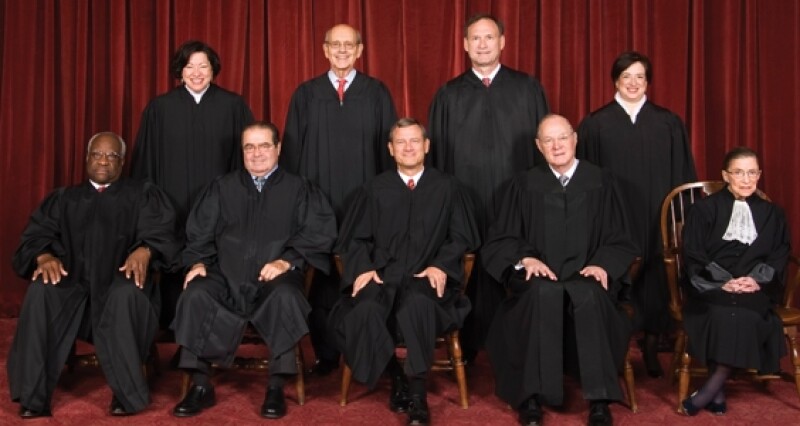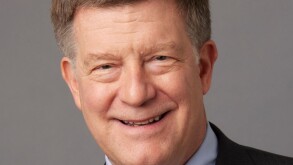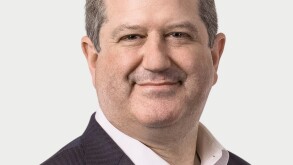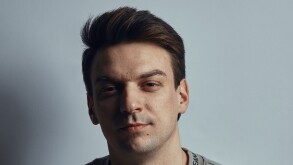Who owns the rights to the song Happy Birthday to You? If multiple parties perform different steps of a method claim, has patent infringement occurred? Does the patent holder or the licensee bear the burden of proof in a declaratory judgment challenge brought by a licensee? These are some of the questions that may be answered by US courts over the next few months, in some of the most influential IP cases of the year.
Medtronic v Boston Scientific

This case, which the Supreme Court (right) has agreed to hear, may shed light on whether a licensee that brings a declaratory judgment challenge must prove that its product does not infringe the patent, or whether the patentee bears the burden of proving that infringement occurred.
The dispute arose over a device called cardiac resynchronisation therapy (CRT), which is manufactured by Medtronic.
Mirowski Family Ventures owns the patents in the case, which are licensed to Boston Scientific. Medtronic agreed to sub-license the patents and pay royalties on any new products utilising the technology protected by them.
After a disagreement over whether Medtronic’s latest CRT products were covered by the patents,the District Court for the District of Delaware ruled that Medtronic did not infringe but that the patents were valid and enforceable.
The Federal Circuit vacated that decision, saying Medtronic (rather than the patent owner) had the burden of proving it did not infringe. Medtronic argues that this places an unreasonable burden on licensees, and is at odds with the position in all other patent litigation.
The Supreme Court granted certiorari in May. Oral arguments are expected from October onwards, when the Court’s next term starts.
Lighting Ballast v Philips Electronic
This case, which is about to be reheard by the Federal Circuit, addresses the question of what claim construction standard should be used for the purposes of assessing patentability.
The USPTO’s Patent Trial and Appeal Board and Inter Partes Review and Post Grant Review proceedings under the AIA apply the “broadest reasonable interpretation”, while district courts use a higher claim construction standard.
The specific issue in the dispute was whether the term “voltage source means” was a means-plus-function limitation under Section 112.
In January this year, the Federal Circuit reversed a jury decision in favour of Lighting Ballast. The Federal Circuit said that claim construction is a matter of law rather than fact (following its ruling in Cybor Corp v FAS Technologies, Inc), and therefore can be decided without deference to the district court’s interpretation.
However, it subsequently vacated this decision and agreed to reconsider the arguments en banc on September 13. The case has big implications for the review of district court and PTAB decisions, and the role of expert testimony.
Good Morning To You Productions v Warner/Chappell Music
This class action claim over the copyright to the song Happy Birthday to You is likely to attract significant media attention because of the notoriety of the music under dispute and the amount of money involved.
Warner/Chappell Music has been earning millions of dollars a year in royalty fees on the 120-year-old song since acquiring Birch Music, which previously claimed to own the copyright to it, for $25 million in 1988.
Good Morning to You Productions, a film company making a documentary about the origins of the song, paid $1,500 for the rights to play it in the film. Good Morning then filed a complaint in June with the District Court for the Southern District of New York disputing the validity of the copyright. The film company claims that if there was ever a valid copyright to the song it expired it 1921, and at most, Warner owns extremely narrow rights to specific piano arrangements published in 1935.
A date has not been set yet for the hearing, but it is expected to be scheduled over the next few months.
CLS v Alice
One of the most closely watched cases of the past few years, CLS v Alice may take judicial dissent over what constitutes a patent-ineligible abstract idea all the way up to the Supreme Court. The case has sharply divided the Federal Circuit on the question of when, if ever, computer implementation makes an otherwise abstract idea eligible for patent protection.
The dispute began in 2007, when CLS sought to invalidate Alice’s patents covering a computer-implemented trading system that minimises risk. In July 2012, a Federal Circuit panel controversially decided to uphold Alice’s patent claims, concluding that the functional role computerisation played in the invention placed “meaningful boundaries” on the claims. The decision was vacated, however, and reconsidered by the Federal Circuit en banc in February this year. In May, the court issued a close 135-page split decision invalidating the claims.
Some lawyers who have been following the case believe that Supreme Court intervention will be needed to provide clarification on the issues. It remains to be seen, however, whether Alice will appeal to the Supreme Court, which is viewed by many patent holders as being less patent-friendly than the Federal Circuit.
Adam Perlman of White & Case, who is representing Alice in the case, recently told Managing IP: “We are still considering our options.”
Akamai v Limelight
This case looks likely to be accepted by the US Supreme Court. It will be closely watched by software companies and may also have ramifications for other industries, such as pharmaceuticals. It concerns whether situations where two separate parties perform different steps of a method claim constitute patent infringement.
The dispute involves Akamai’s patents covering the way websites load information by accessing and displaying cached content. In September last year, the Federal Circuit decided en banc that Limelight carried out some of the steps and induced its customers to carry out the remainder.
It concluded that Limelight could therefore be held liable for infringement. But the Federal Circuit also found that Limelight could not be held liable for induced infringement because this would require knowing inducement.
After being asked to accept the case, the Supreme Court put the petition for certiorari on hold last month and requested the views of the Solicitor General.









